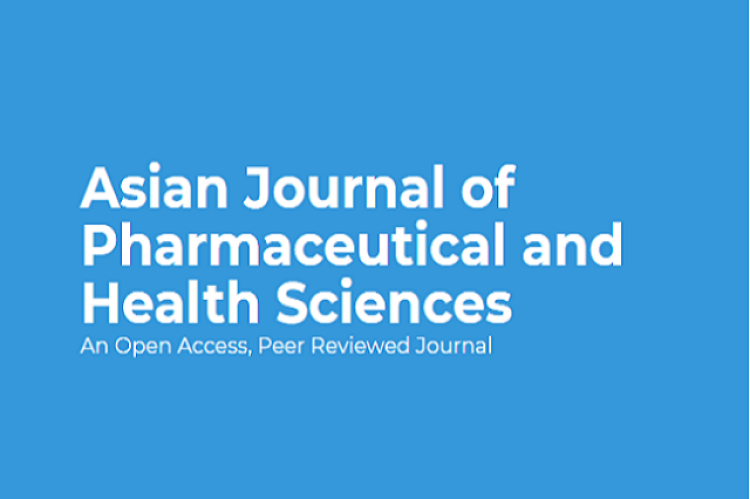Conventional oral dosage forms often encounter challenges with low bioavailability due to their rapid transit through the stomach, especially for drugs which are less soluble in the alkaline environment of intestine. Additionally, drugs intended for activity in the stomach are quickly emptied, limiting their residence time. To address these issues, various strategies have been explored to prolong drug retention in the stomach. In recent years, significant attention has been directed towards the development of in situ gel systems. In situ gel-forming drug delivery systems are designed to release drugs in a sustained manner, maintaining a consistent and steady level of the drug in the bloodstream over a prolonged period. Initially liquid, these dosage forms undergo gelation upon interaction with gastric fluids, thereby floating on the surface. Gel formation occurs in response to stimuli such as pH change, temperature modulation, or ionic crosslinking, resulting in prolonged residence and sustained release. This approach allows for easy and precise application of the drug exactly where it needs to be absorbed, streamlining the delivery process and enhancing its efficacy. This overview provides insight into floating oral in situ gel formation and summarizes various approaches, advantages, disadvantages, major polymers used and applications of floating in situ gel.
View:
- PDF (137.27 KB)


